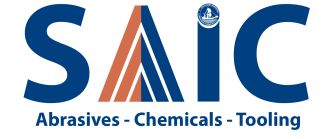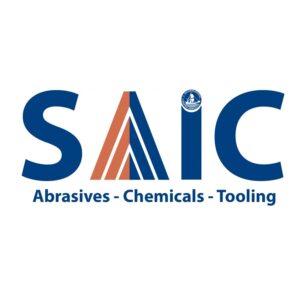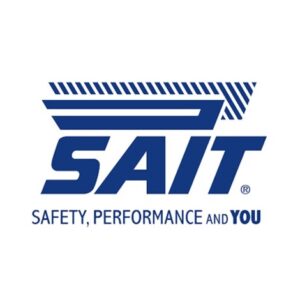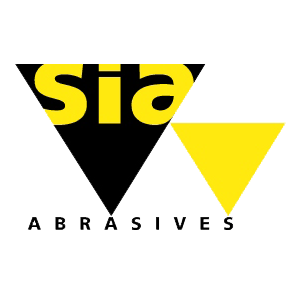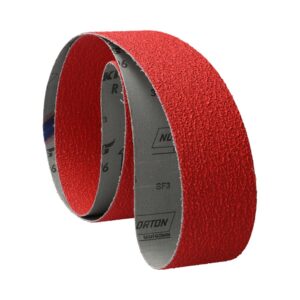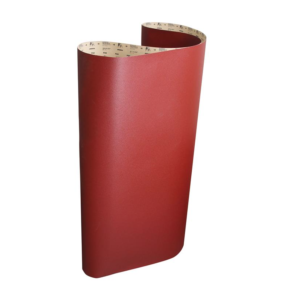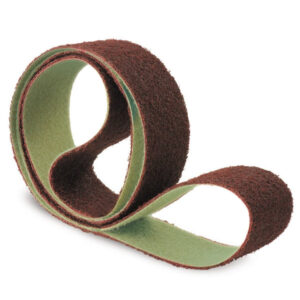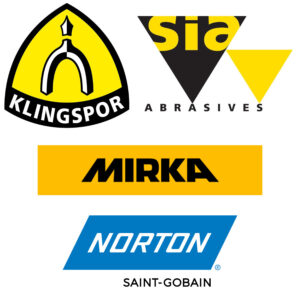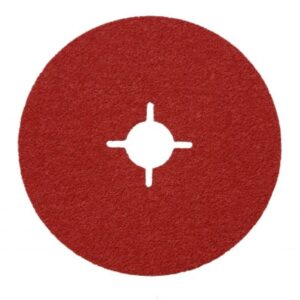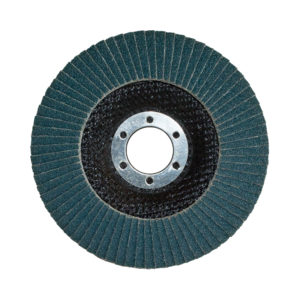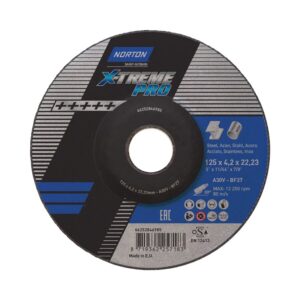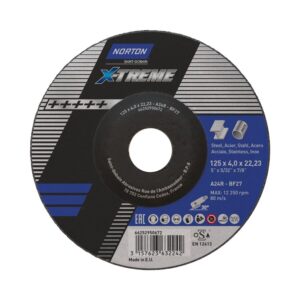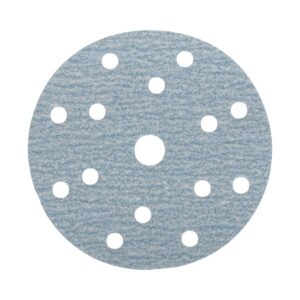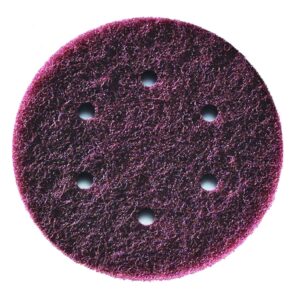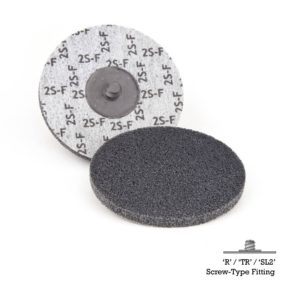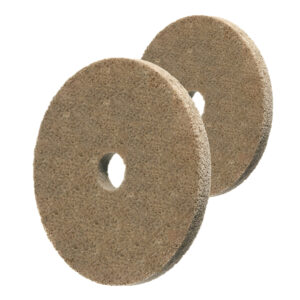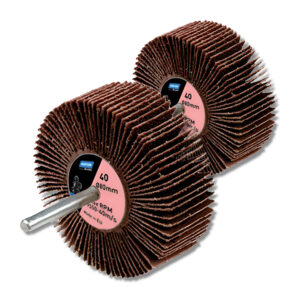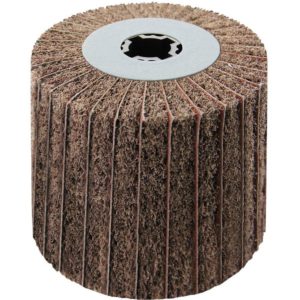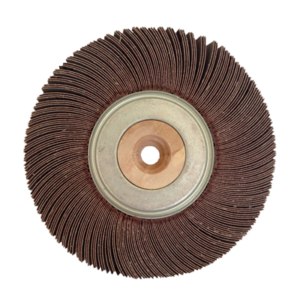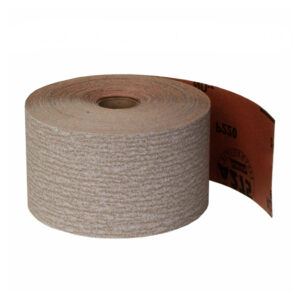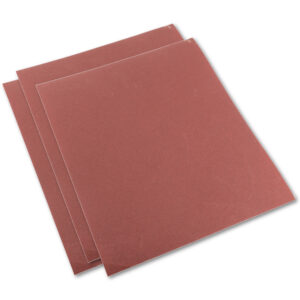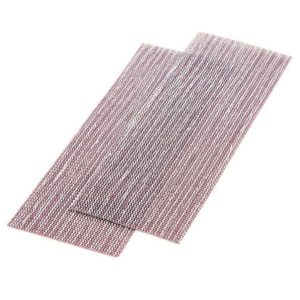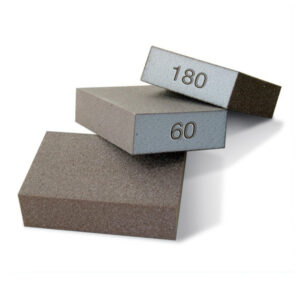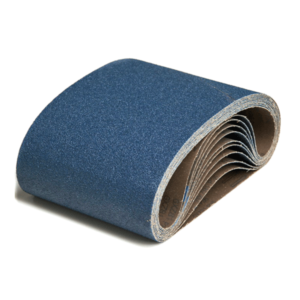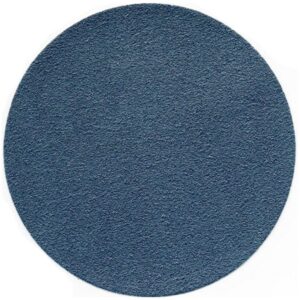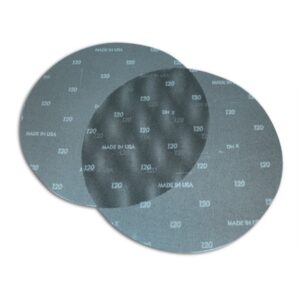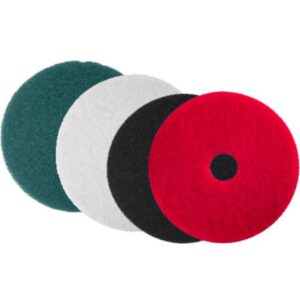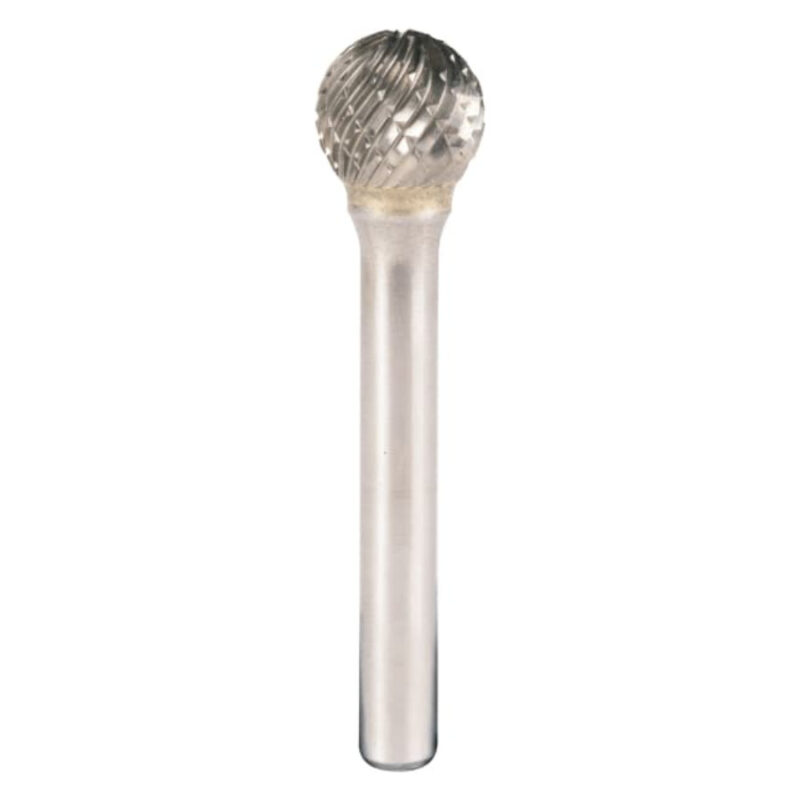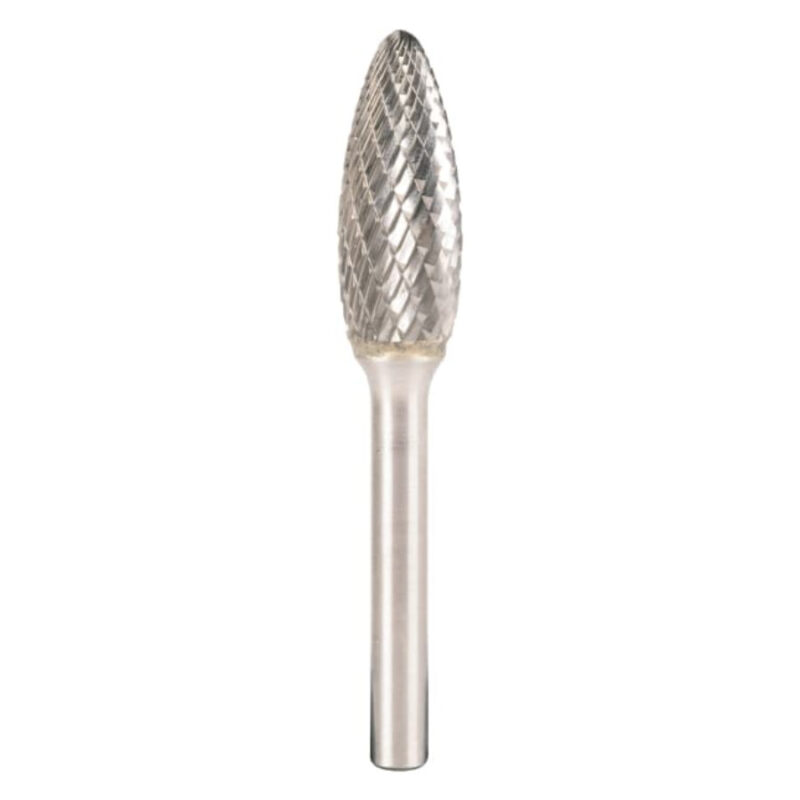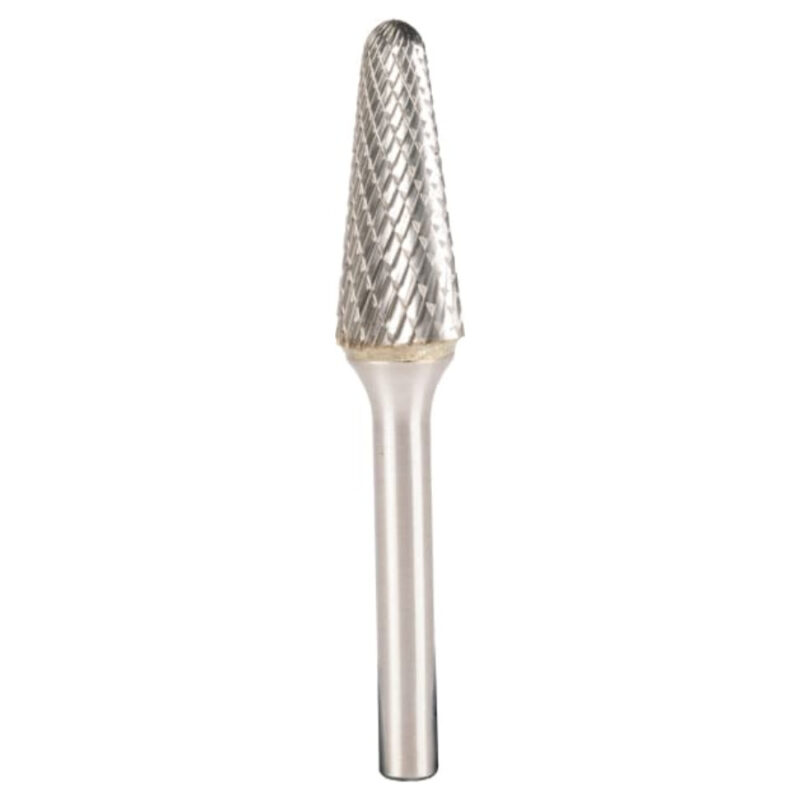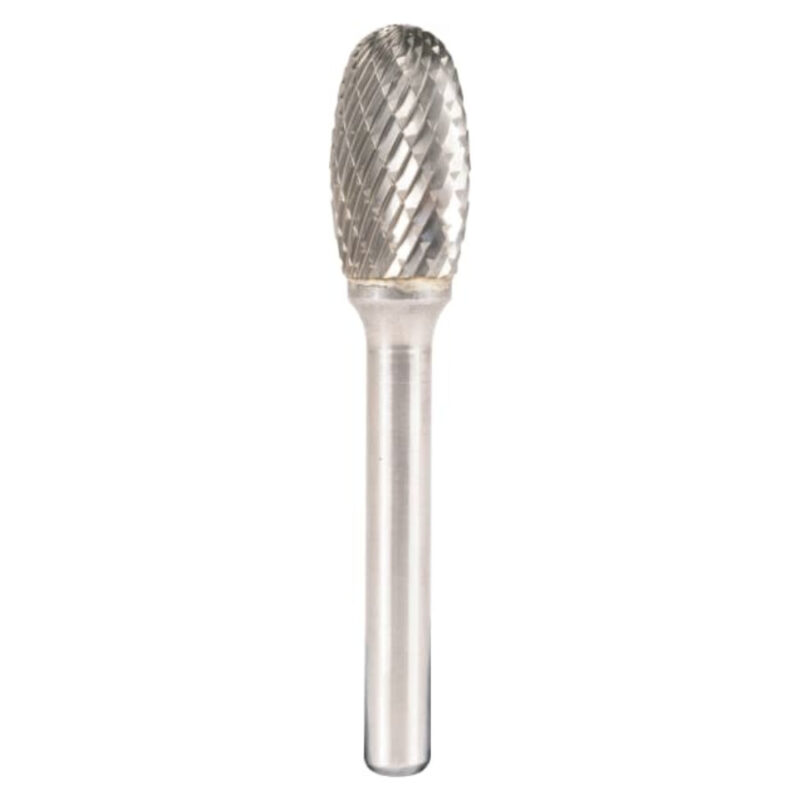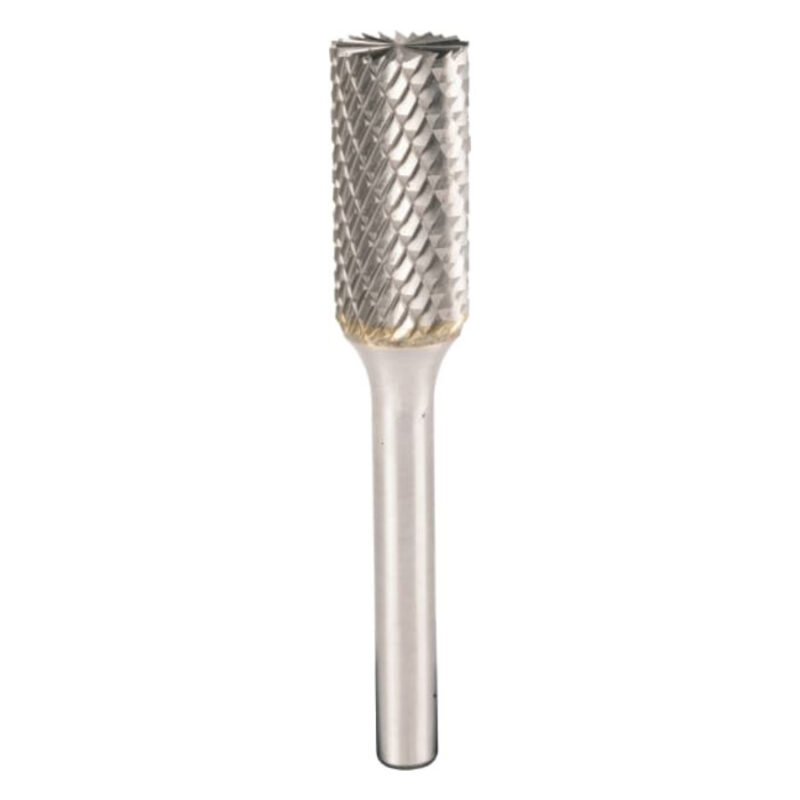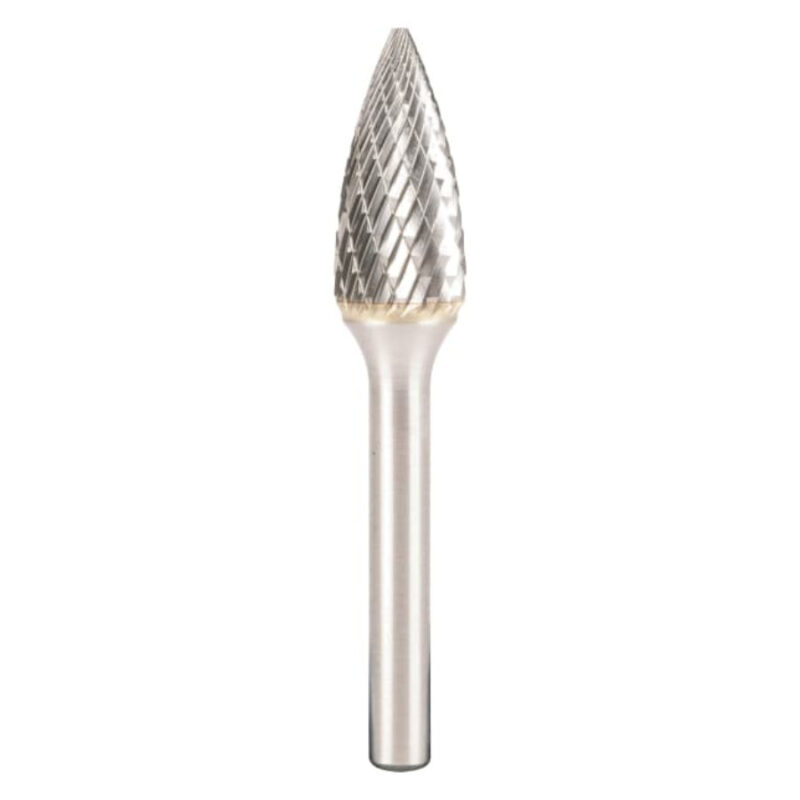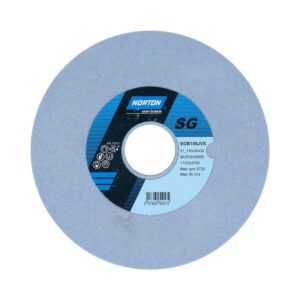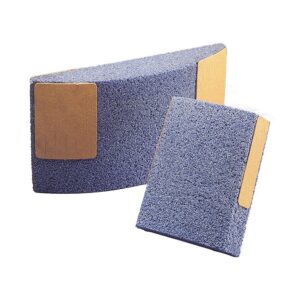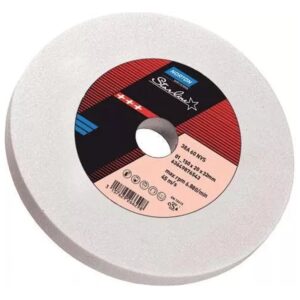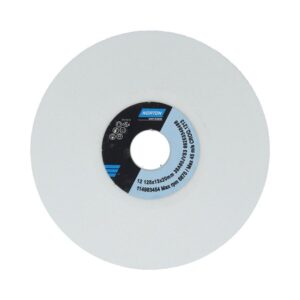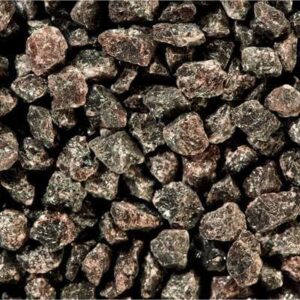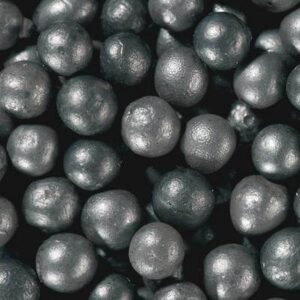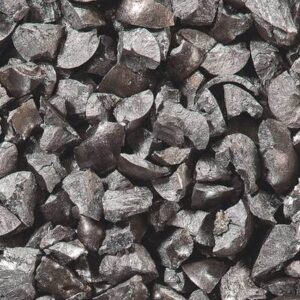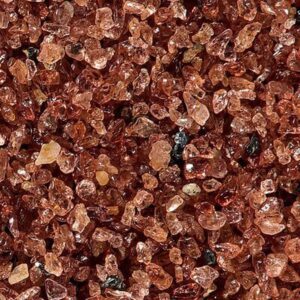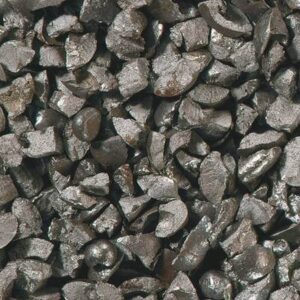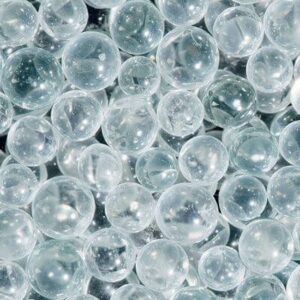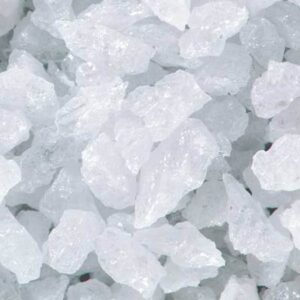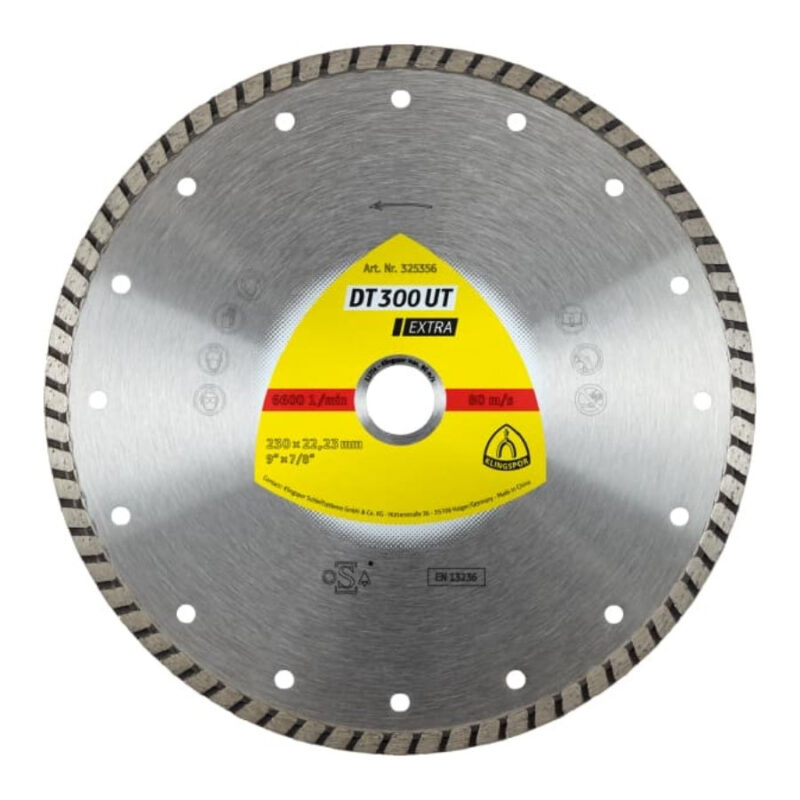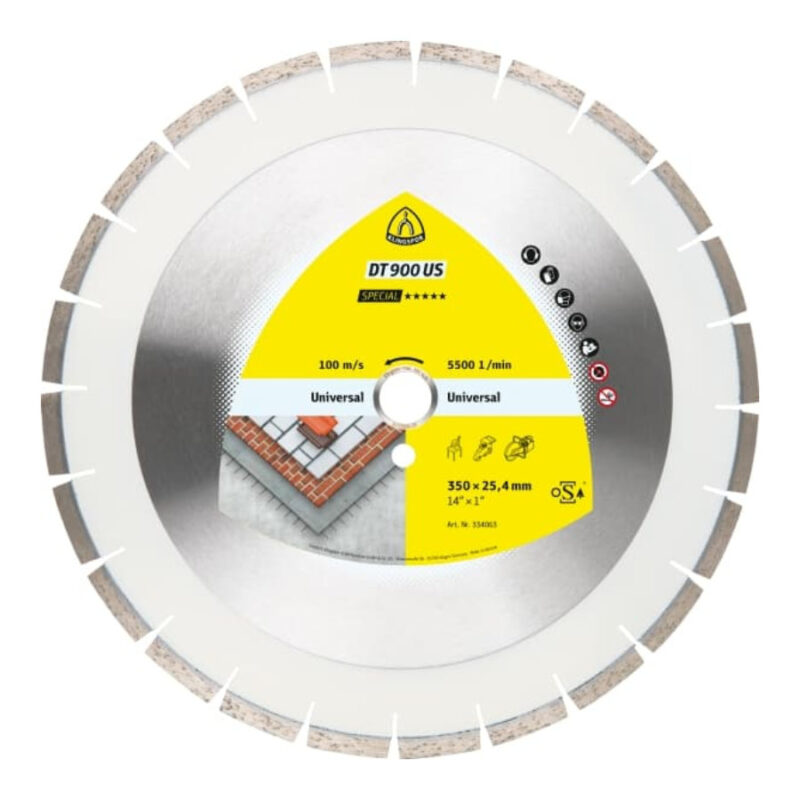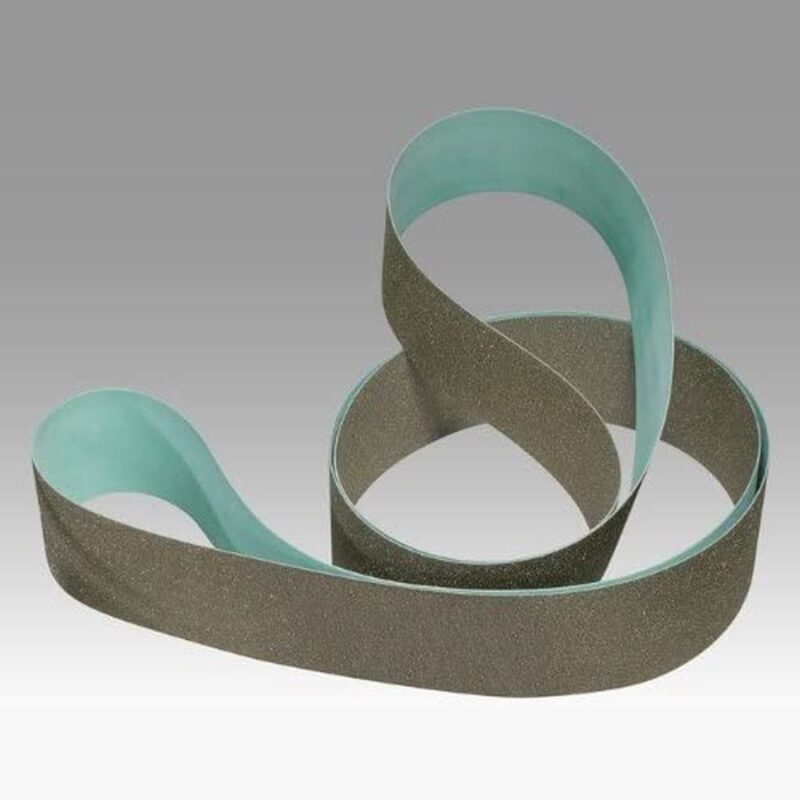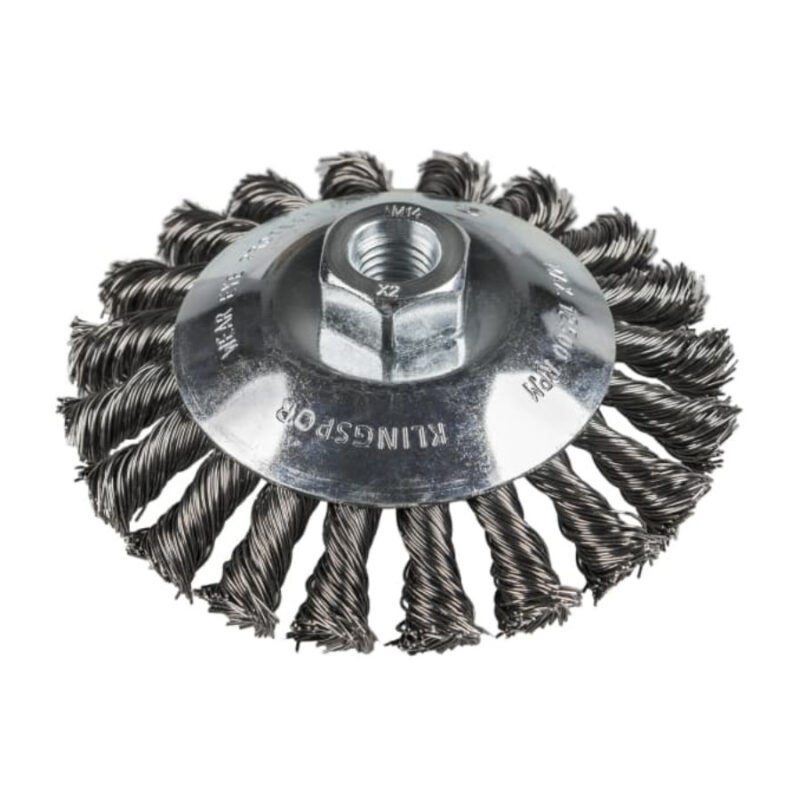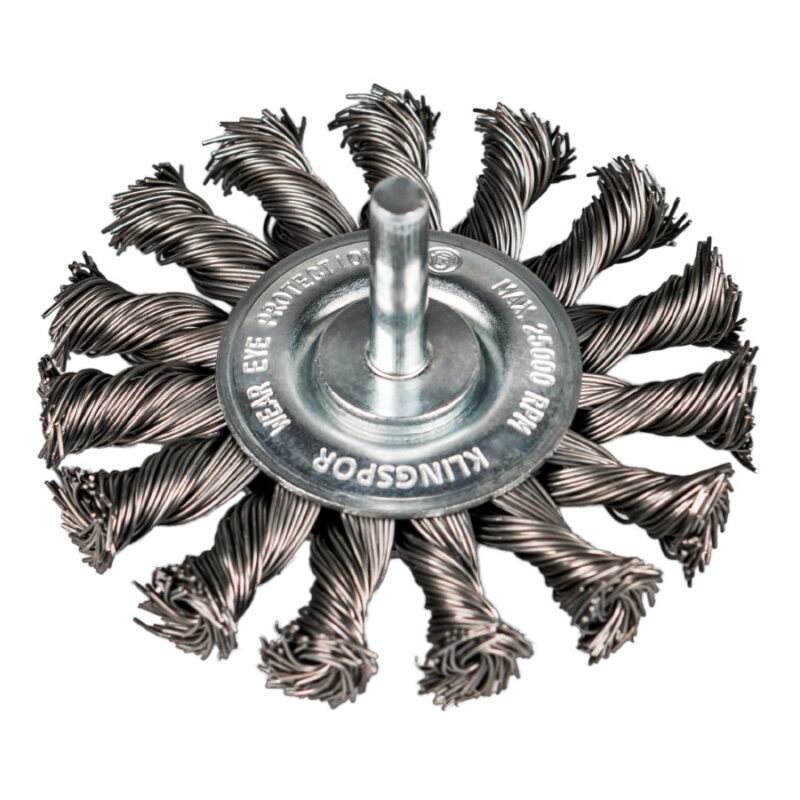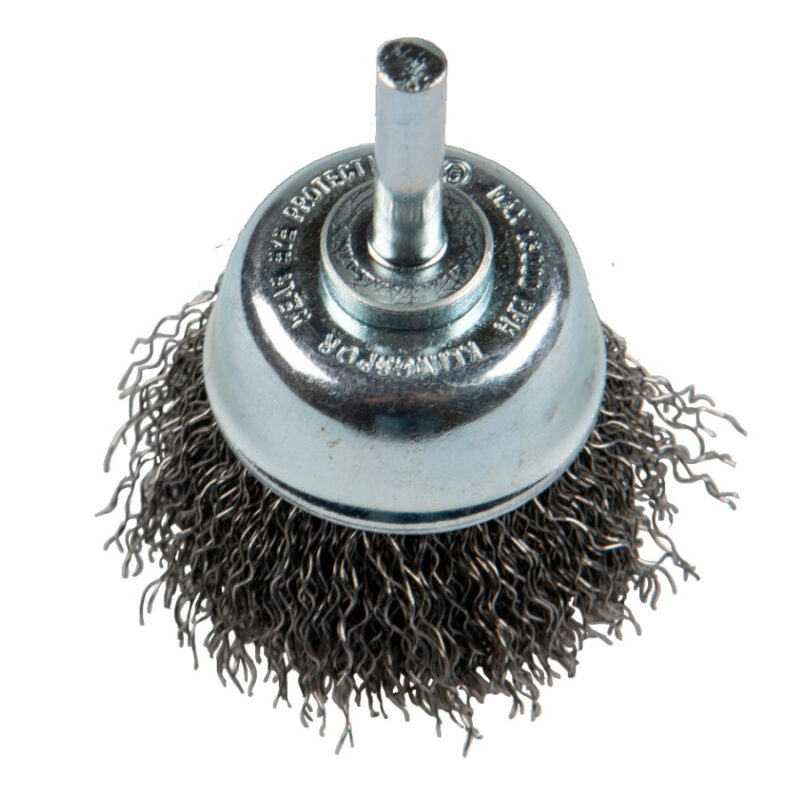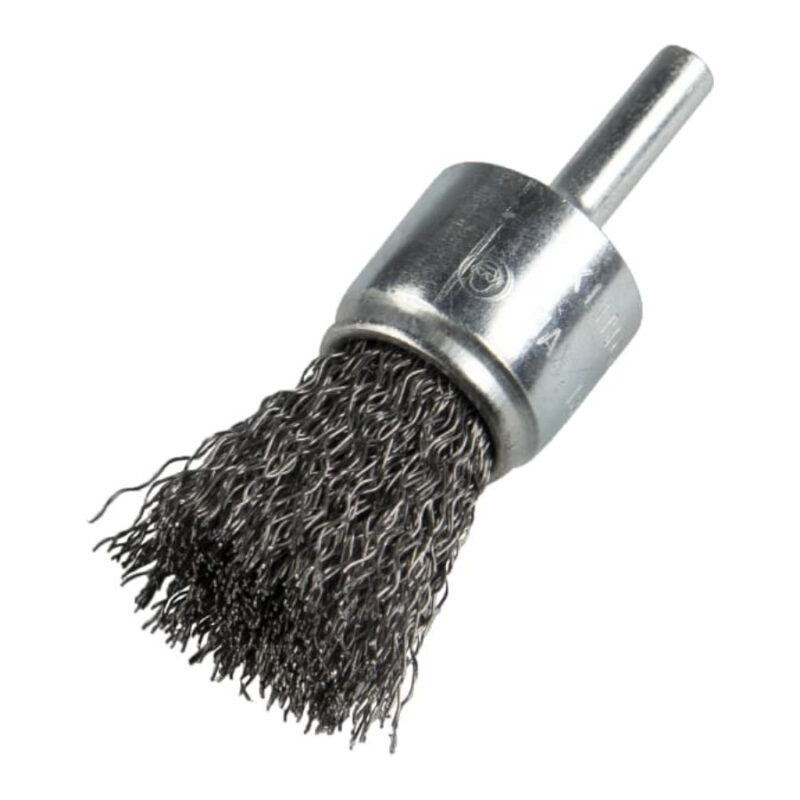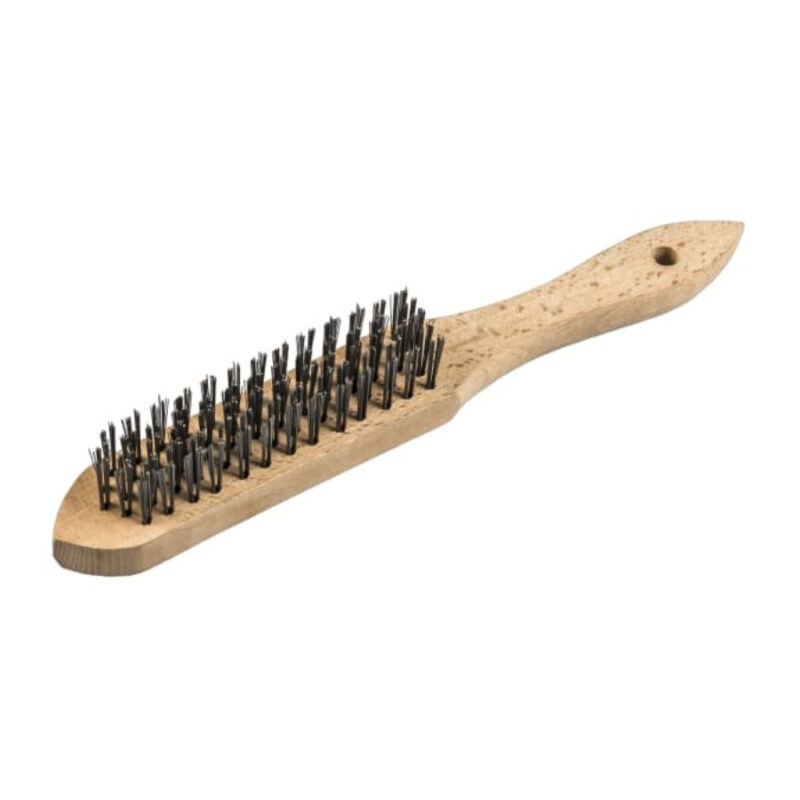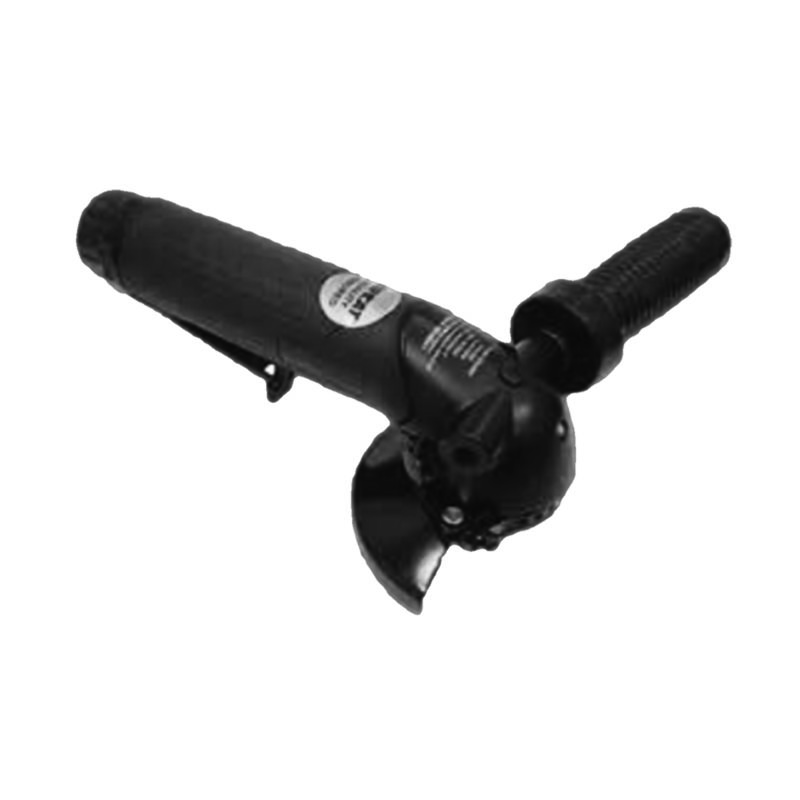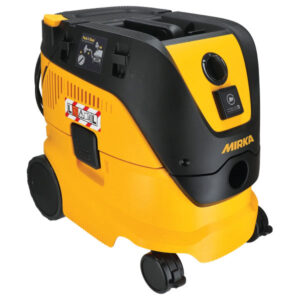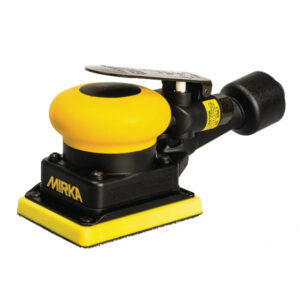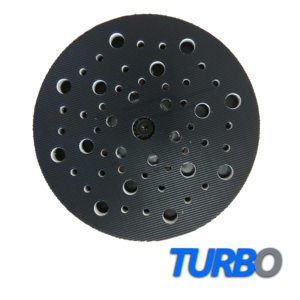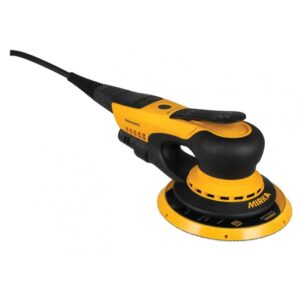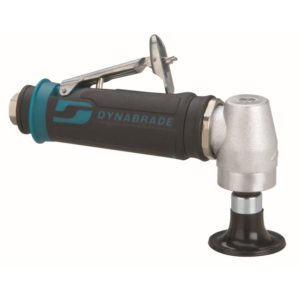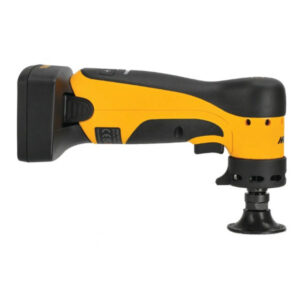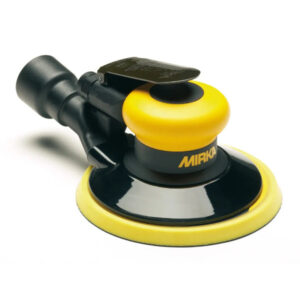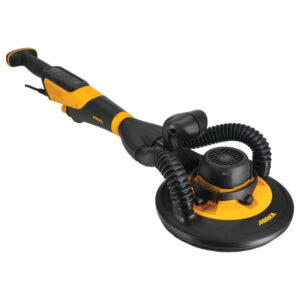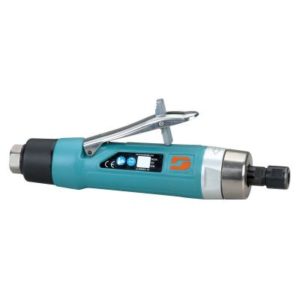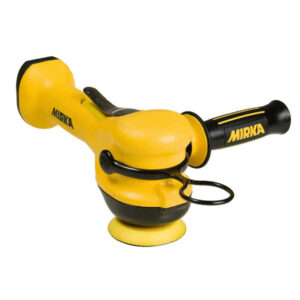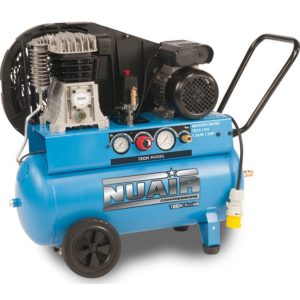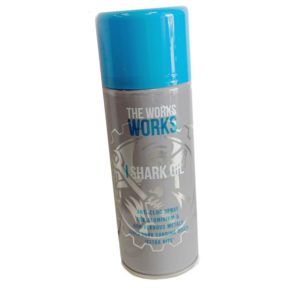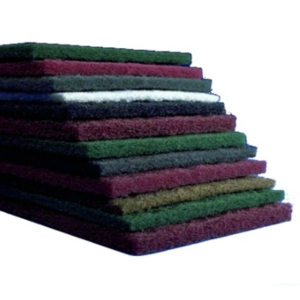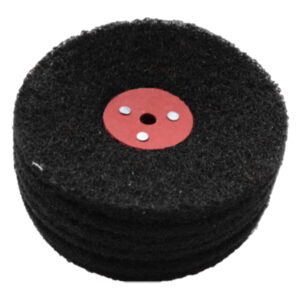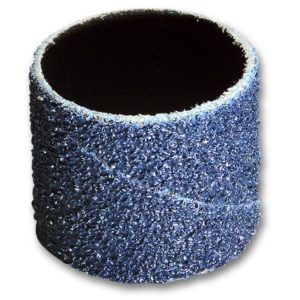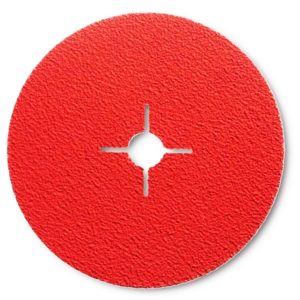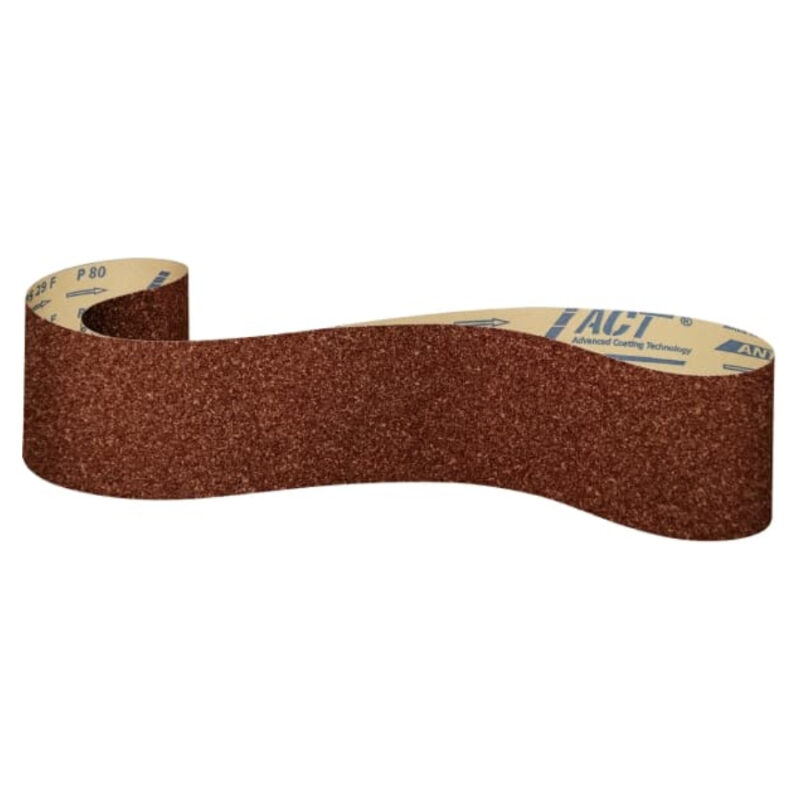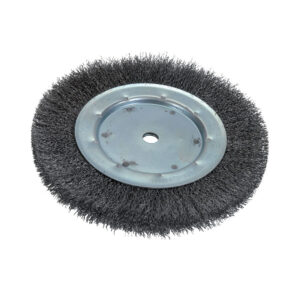Abrasives
Abrasive materials are used in many industries for various purposes, such as cutting, grinding, polishing, and sanding. They are commonly made from minerals or synthetic materials and come in a range of shapes, sizes, and abrasive grades. Abrasives are essential for many manufacturing processes and are used in everything from construction to electronics.
One of the most common types of abrasive materials is sandpaper. Sandpaper is made from a paper or cloth backing with an abrasive material adhered to the surface. The abrasive material can be made from various materials, including aluminum oxide, silicon carbide, and garnet. Sandpaper is commonly used for sanding wood, metal, and plastic surfaces to smooth and refine them.
Another type of abrasive material is grinding wheels. Grinding wheels are made from abrasive particles held together by a bonding material, such as resin, rubber, or metal. Grinding wheels are used for grinding and cutting metal and other materials. They come in a range of sizes and shapes and can be used with various types of grinders, such as angle grinders and bench grinders.
Diamond abrasives are another type of abrasive material. They are made from industrial-grade diamonds and are commonly used for grinding and cutting hard materials, such as ceramics and glass. Diamond abrasives come in various shapes and sizes, including diamond blades, diamond grinding wheels, and diamond sanding pads.
Polishing compounds are also a type of abrasive material. They are used to polish and shine metal surfaces, such as jewelry, silverware, and metal fittings. Polishing compounds are typically made from a mixture of abrasive particles, such as aluminum oxide or silicon carbide, and a binding material, such as wax or oil. The compound is applied to a soft cloth or buffing wheel and used to polish the metal surface to a high shine.
Another type of abrasive material is blasting media. Blasting media is used for cleaning and preparing surfaces, such as metal, concrete, and brick. Blasting media can be made from various materials, including sand, glass beads, and steel shot. The media is blasted at high speeds onto the surface, removing dirt, rust, and other surface contaminants.
There are several factors to consider when selecting an abrasive material, including the material being worked on, the desired finish, and the equipment being used. The hardness and size of the abrasive material can impact the efficiency and effectiveness of the process. For example, a hard abrasive material, such as diamond, may be more effective for cutting hard materials than a softer material, such as garnet.
The abrasive grade is also an important factor to consider. The abrasive grade refers to the size of the abrasive particles, with larger numbers indicating finer particles. Finer abrasive grades are used for finishing and polishing, while coarser grades are used for rougher work. It is important to select the appropriate abrasive grade for the desired finish and to avoid using too coarse an abrasive, which can damage the surface being worked on.
When working with abrasive materials, it is important to take proper safety precautions. This may include wearing protective clothing, such as gloves and goggles, and ensuring that the work area is well-ventilated to avoid inhaling dust particles. It is also important to follow manufacturer’s instructions and to use equipment designed for the specific abrasive material being used.
In conclusion, abrasive materials are essential for many manufacturing processes and come in a range of shapes, sizes, and abrasive grades. They are used for cutting, grinding, polishing, and sanding various materials, including wood, metal, and plastic. There are various types of abrasive materials available, including sandpaper, grinding wheels, diamond abrasives, polishing compounds, and blasting media. When selecting an abrasive material, it is important to consider the material being worked on, the desired finish, and the equipment being used. It is also important to take proper safety precautions when working with abrasive materials to avoid injury and health hazards. By selecting the appropriate abrasive material and following proper safety guidelines, anyone can achieve professional-quality results in their manufacturing processes.
